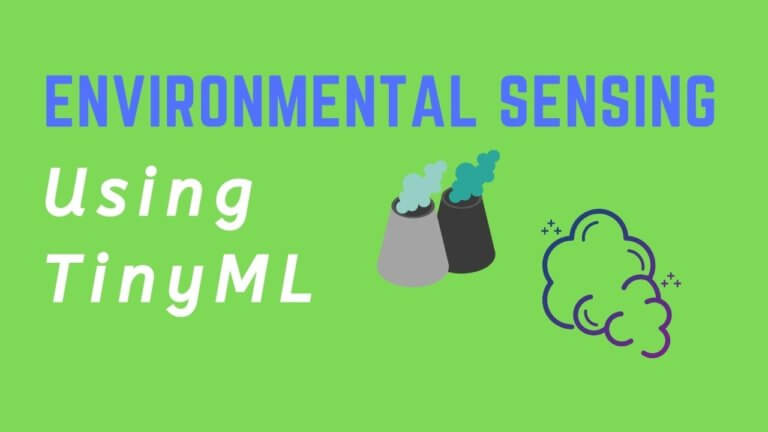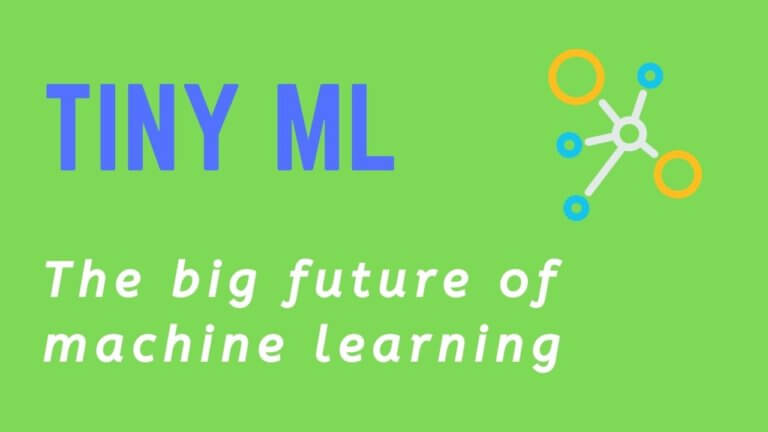How Embedded ML Is Helping To Prevent Wildfires
Devastating wildfires can be prevented with on-device, embedded machine learning.
In the summer of 2018, a wildfire in California, the Thomas Fire, destroyed 1,000 buildings and led to 22 deaths1a. The fire was triggered by electricity transmission (power) lines.
In another incident, also in California, power lines were blamed for a dozen wildfires that led to 18 deaths in 20171b.
Many years earlier in Australia, in 2009, one of the nation’s worst fire seasons saw a whole town near Melbourne being razed to the ground.
The fire started due to power lines.
In one day alone during that season, fires started by power lines caused 159 deaths2.
In Texas, more than 4,000 wildfires have been caused by power lines over recent years3.
And there are many more examples to speak of.
Wildfires caused by power lines are a recurring problem in several parts of the world, particularly where there are large tracts of forest land, and where the summers are hot, dry, and windy.
Places like California and Australia.
Power lines and wildfires
According to the California Department of Forestry and Fire Protection, wildfires can be started when trees and branches come into contact with power lines.
The Texas Wildfire Mitigation Project has also identified several other ways in which power lines can cause wildfires. These include:
- Downed lines. In up to 30% of cases when power lines fall to the ground, their protective short-circuit mechanisms fail, resulting in possible high-voltage arcing—this can readily ignite vegetation or combustible material near the fallen power line.
- Conductor slap. Power lines are designed with ample clearance between conductors, but they sometimes slap together, creating arcing that can eject hot metal particles and cause fires.
- Repetitive faults. Most power lines experience occasional faults that have some risk of fire—some power lines, however, are subject to repetitive faults that can lead to a significant fire risk if not corrected.
- Apparatus failures. Power line components (switches, insulators, transformers, etc) mostly work trouble-free for many years, although some of them fail some of the time—when this happens, whether all-at-once or through gradual degradation, arcing and sparking can ignite fires.
Whatever the method, there’s no doubt that preventing wildfires caused by power lines can save lives and prevent serious damage to property and belongings.
The question is—how?
Preventing wildfires caused by power lines
One approach that’s showing great promise is to use artificial intelligence (AI)—and in particular, embedded machine learning—to identify and alert potential wildfire threats caused by powerlines.
With timely alerts, utility companies can take preventative action (or preemptive maintenance) to prevent possible fire risks.
But given the vast areas traversed by power lines, the sheer numbers of transmission poles and components, and the high cost of suitably qualified technicians to access and monitor possible faults, it’s a massive challenge to identify and alert possible fire risks on power lines.
How can it be done?
What is embedded machine learning?
This is where machine learning can help.
Machine learning algorithms can be trained to identify the conditions under which possible fire threats emerge in power lines.
Once identified, alerts can trigger utility companies and fire crews before major fires develop, and data can be collected for continuous improvement.
But machine learning in its usual form has its limitations—the algorithms may be complex, requiring high power and bandwidth resources. This makes standard machine learning solutions impractical for a range of in-the-field applications, where access and resources may be limited.
Embedded machine learning, however, can tackle these challenges.
Embedded machine learning (embedded ML)—also referred to as AIoT, on-device machine learning, or tinyML—is an emerging area of AI that focuses on bringing the power of machine learning to small, portable, and highly efficient form factors.
With these characteristics, embedded ML can be deployed in a range of applications where access to power, communications, and computational resources may be very limited.
In the case of power lines spanning hundreds (or thousands) of miles, often in remote or difficult terrain, with limited communications reach or (suitable, low voltage) power access, embedded ML offers an ideal solution.
Embedded ML can be used for automatic, smart monitoring of power lines for continuous, real-time detection of faults that may cause fires.
Automatic, smart monitoring of power lines with embedded ML
This is exactly what’s being done in Slovenia, by Izoelektro, a firm that specializes in setting up and maintaining electrical grid systems.
Izoelektro has partnered with technology firms Edge Impulse and Arm, and innovation consultants Irnas, to develop the RAM-1 system.
RAM-1 is a smart, electrical grid monitoring system that uses embedded ML to monitor power lines for fire threats in real-time. It works as follows:
- Purpose-built machine learning algorithms are trained to detect the various faults that arise in power lines that may lead to causing fires
- The trained algorithms are then made more compact by reducing memory demands with pruning (removing unwanted network nodes), and quantization (converting floating-point numbers to integers), amongst other methods
- The algorithms are deployed only for inference—for identifying faults based on the trained parameters—requiring less computational resources than in the training phase
- The model is implemented in an efficient, low power integrated circuit—the Nordic NRF9160 with Arm Cortex-M33, supporting 1 MB of flash memory and 256 kB of RAM—allowing easy deployment in remote power line installations
- The device is housed in a robust package that can withstand a range of extreme environmental conditions
Each RAM-1 device is highly efficient, portable, and uses very low power— it can last for 20 years on a single battery charge!
The RAM-1 devices are a novel and innovative addition to the existing electrical components that typically exist in a power grid, many of which can be decades old.
Using RAM-1, power lines are continuously monitored for possible faults that may cause fires (eg. sparking or arcing).
The embedded ML provides RAM-1 with the “smart” ability to identify relevant threats, and once identified real-time alerts are sent to the maintenance system.
Embedded ML offers many possibilities
By using RAM-1, Izoelektro is applying a massive boost to the monitoring capabilities of its power line systems.
RAM-1 will reduce the potential for wildfires caused by faults, prevent unnecessary destruction, and save lives as a result.
RAM-1 is an example of the exciting possibilities that portable, efficient, small-form-factor AI—embedded ML, AIoT, or tinyML—has for a range of future applications that were previously difficult, or impossible, to do.
In summary
- Wildfires caused by power line faults are a major source of death and destruction in many parts of the world
- Monitoring power lines for possible faults is difficult and expensive to do, particularly given the vast, and sometimes remote, terrain that power lines traverse
- Embedded ML—also referred to as on-device machine learning, AIoT, or tinyML—is an emerging area of AI that packages the power of machine learning into small, portable, and highly efficient form factors
- Using embedded ML, automatic, smart and portable monitoring of power lines is possible
- Izoelektro—partnering with Edge Impulse, Arm, and Irnas—have developed an innovative embedded ML solution for monitoring power lines called RAM-1
- RAM-1 automatically detects power line faults that may lead to wildfires, and alerts the maintenance system in real time
- Embedded ML offers the possibility for many applications like RAM-1, each with the potential to improve our lives in ways that were previously difficult or impossible to do
References
[1a,b] William Atkinson, The Link Between Power Lines and Wildfires, Electrical Contractor, 26 November 2018 (downloaded from: https://www.ecmag.com/section/systems/link-between-power-lines-and-wildfires, July 2021)
[2] Peter Fairley, How an Australian State Fought Back Against Grid-Sparked Wildfires, IEEE Spectrum, 11 November 2019 (downloaded from: https://spectrum.ieee.org/energywise/energy/the-smarter-grid/how-an-australian-state-faced-devastation-from-gridsparked-wildfires, July 2021)
[3] How Do Power Lines Cause Wildfires, Texas Wildfire Mitigation Project (downloaded from: https://wildfiremitigation.tees.tamus.edu/faqs/how-power-lines-cause-wildfires, July 2021)





